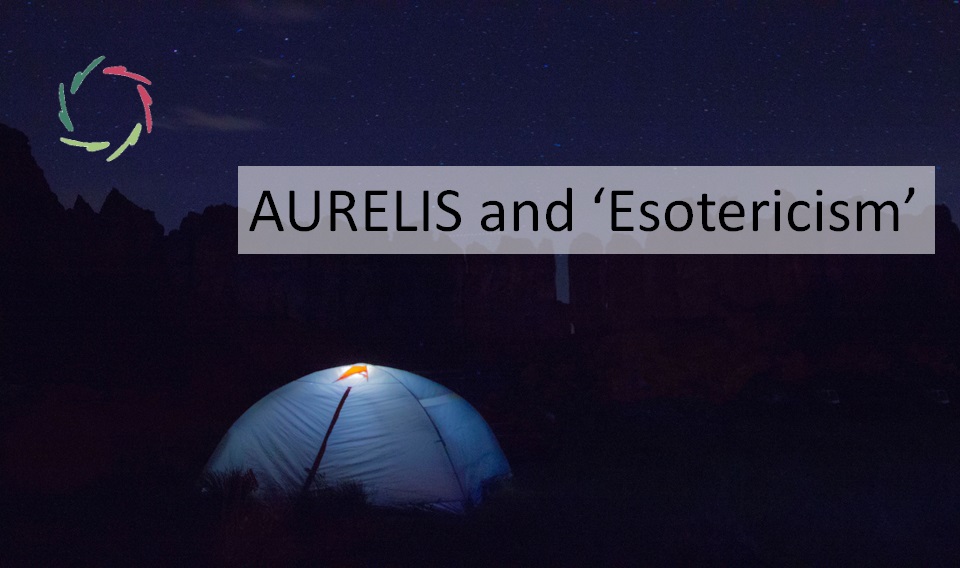The Good Ritual

What constitutes the concrete appearance of a ‘good ritual’? According to me, the answer lies more in the deeper ‘why’ and in the deeper ‘how’ of the ‘what’ than in the ‘what’ itself.
[please first read: ‘Rituals’]
In religion(s), rituals mostly grow quite organically.
What if one would want to ‘make’ a new ritual to serve for instance in ‘Open Religion’ [see: ‘What is Open Religion?’]? What would be important characteristics of a ‘good ritual’?
Or likewise: what if one would want to change the rituals of an existing… organization?
Direction
Shortly put: a ritual is a sequence of actions that, as a whole, have a ‘deeper’ – this is: more than purely conceptual – influence on people. Since such influence may deeply change a person, the direction is important. It’s important towards ethics as well as towards efficiency.
In a good ritual, these two goals are achieved together, as one, into a worthy direction.
Actually, I see only one worthy direction: towards wholeness…
being the complete person that one has always been. Note that in this of course one also finds the etymology of holy-ness. Thus, a good ritual has a very deep basis. [see also: ‘Depth is Formless Meaning’]
One has forgotten. One forgets it again and again. One should be reminded.
A good ritual is a good reminder.
It reminds people that they are who they are, deeply.
In togetherness, a good ritual thus aligns people into the same direction, namely the vertical one. In my opinion, it is less important to ‘superficially do / attend to the same thing’. The collective connection is preferably – therefore not exclusively – laid at a deeper level. What is being done, has a deeper quality of striving.
A good ritual is a deep invitation
being a suggestion to change-from-inside, this is: by oneself. The change needs to be highly congruent. A good ritual should not change someone into a different person. Yet, the end result can be a feeling of fundamental change from inside.
A good ritual is inviting = openness. As in a very nice dance. As in a very good coaching. It’s the invited person who makes the move, or at least initiates how he wants to evolve as-complete-person. In a dance or a coaching, the ‘leader’ or ‘coach’ can at any moment be attentive to the invitee and adjust. Contrary to this, in a ritual, continual adjustment is not possible. So, does this make the good ritual itself impossible?
I think it is possible, but in order to be so:
A good ritual is as simple as feasible without losing anything essential.
In simplicity lies openness. As little as possible is standing in the way. A minimalistic design (of the ritual) may be a good thing. Then again, minimalism by itself may also stand in the way if it is imposed, thus deemed more important than authenticity.
A good ritual is authentic. It comes from inside and only from inside.
To accomplish this, in any case, the striving should be a search for dynamic keys: keys that change (in meaningful paths, at least) according to direct needs: inter-individually and also intra-individually.
How can a ritual be a dynamic key?
Important is the quality with which ritual actions are experienced, the depth and open attention of the one who performs as well as the one who attends.
In short: the involvement of the subconceptual.
In this, the ritual serves its cause: connecting to one’s own depth, connecting one’s depth to that of others. Thus, being together in depth and as such, forming a community that thrives in internal and external openness.
Otherwise, a ritual may be very closing.
A ritual gets strength in a community through seeing others within that community perform the same action. This may be anything, as long as people are in line with each other.
OK? Hmm.
Rigidly stepping in line potentially heightens us-them in many aspects. [see: ‘In-Group Creates Out-Group?’] It may ‘feel good’ but this feeling is brittle: the energy being ‘summoned from depth’ may turn out very negative. It may also crack the group itself, from inside, in visible as well as invisible ways.
Rigidness kills the ritual.
I mean: the good ritual. This is primordial. A ‘perfectly’ performed ritual is (cheaply) robot-like and has no deeper meaning. Striving towards perfection in this is not a good thing if the goal is merely this perfection by itself.
The quality of the striving lies in how and why one strives. Not robot-like, but human-like, in openness and towards inner strength and peace and eventually love, the most beautiful goal, the only one worthy of rituals.


